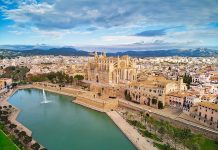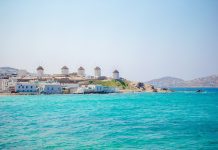The bus shows up from the coast line and limps a little. The Spanish winds and the vegetation changes radically: the stain on the coast takes you to the conifers but only until just before the two thousand meters. It is like a Hollywood movie but the only differences is the place, now we are speaking about Teide, a forgotten place of Tenerife, a place that is known for its rocks and the instability of the temperature. The things that you can see around are the hard and harsh lava rocks and some bushes in abandoned corners. The rest is still desert. It is the Teide National Park on Tenerife, the second most visited nature park in the world. To get there we started from the coast by the Autopista del Sur and to get to the National Park it takes a little. Starting in San Eugenio is about fifty miles, not even an hour by bus.
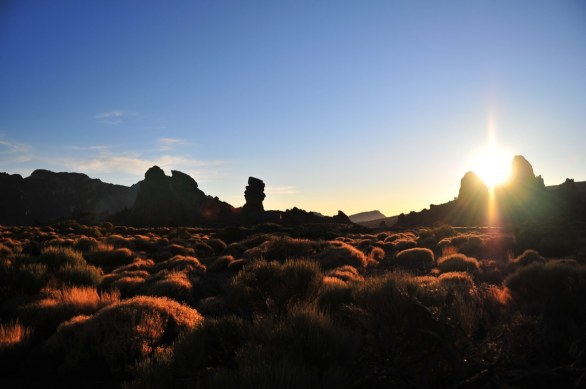
If you check online you can get very easy and cheap and there are good deals on flights to Tenerife. Once you leave Arona, then you can pass Altavista, La Longuera, Travejos and Vilaflor. After that, you can go up again between the curves which also exceed the clouds (see in the photos) and you can see the volcano of Teide at 3718 meters above sea level. The extraordinary landscap is prehistoric, there are small parking areas where it is good to drop everything and take a ride on the lava sand, among the rocks as sharp as razors that crackle like walking on glass, such as a cold barbecue charcoal. Cold yes, bring a jacket too, because around 8 o’clock the temperature drops.
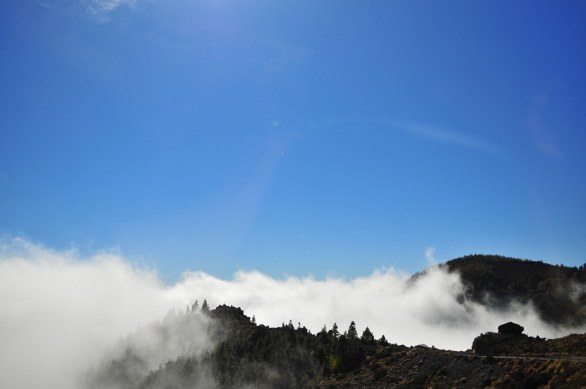
It will drop even more if you decide to get at the top of Teide. A good base camp before the climb can be the Parador de Canadas del Teide: a historic hotel, a historical chain, the Parador. It has four stars and it was built in the twenties. The hotel is simple and despite the blazon it is rather spartan. But in a rugged place like Teide is to be expected: is that kind clear simplicity in a bit Rough Mountain, which integrates perfectly into the landscape. To get to the top of the Canadas del Teide you can take the bus, but it will be only for a few minutes.
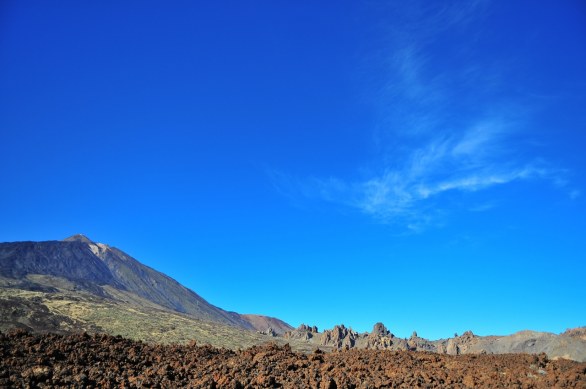
The cable car is less than ten minutes by bus. The surrounding landscapes you see are just “alienistic”. It seems Nevada, looks like a desert, even better: it looks like Mars. The park of the Teide is a red planet where the temperature is very high – we had a sweatshirt and jacket in an altitude around two thousand and we were there in mid-May when the temp is set to decline again, despite the sun and the clear sky. The sign exposed to the cable car ticket also serves to deter unprepared. Get over it, you will be around 3500 meters and the temperature will be around -3 ° C, with a wind blowing about 50 km / h.
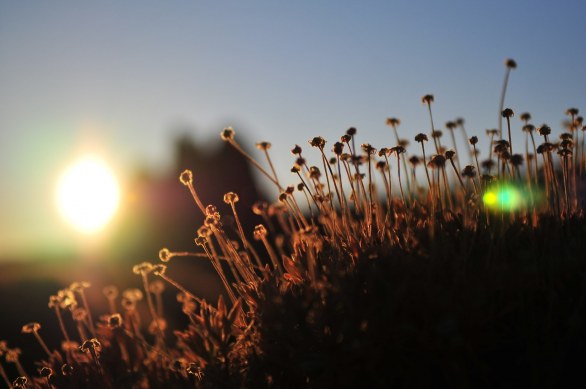
The climate is cold, bone-dry; you can see the other islands: the lava centuries ago covered the barren vegetation that was camouflaged in the valley. From the point of arrival of the cable car, you can walk still a lot : there is a first path open to all, around half an hour, that will take you to a great vantage point of the volcano Teide. You can go further but to venture closer to the crater you will need special permissions. You can request them by following the instructions published by the tourism of Tenerife and accessing the website of the Spanish Ministry of Agriculture.
If you plan to do this walk in the summer, book in advance because the places are limited.




